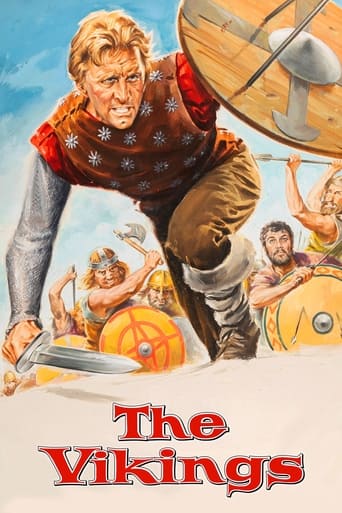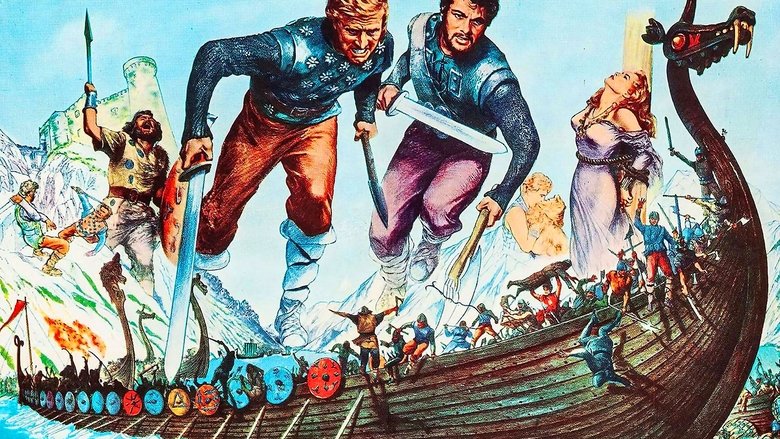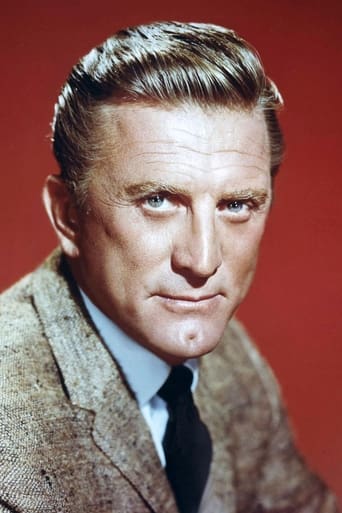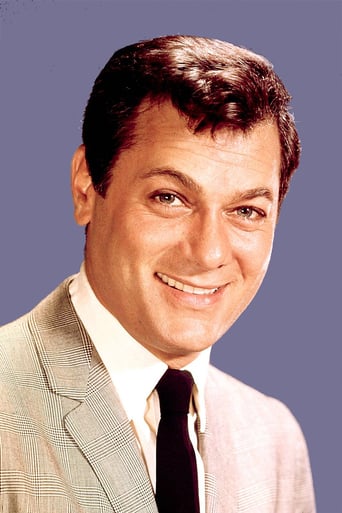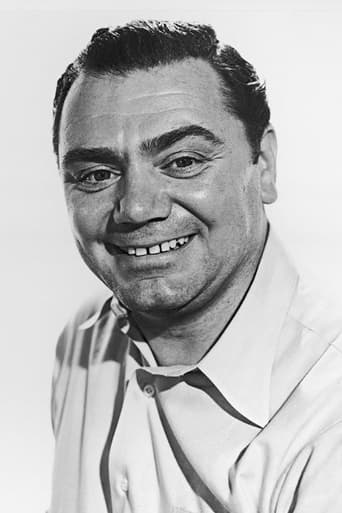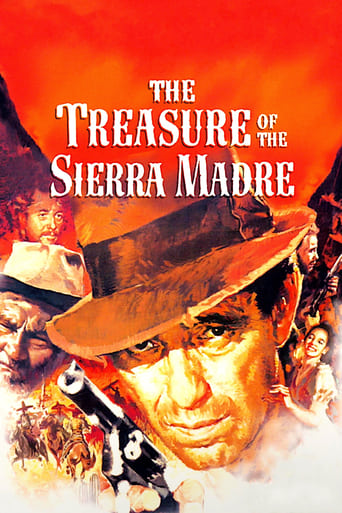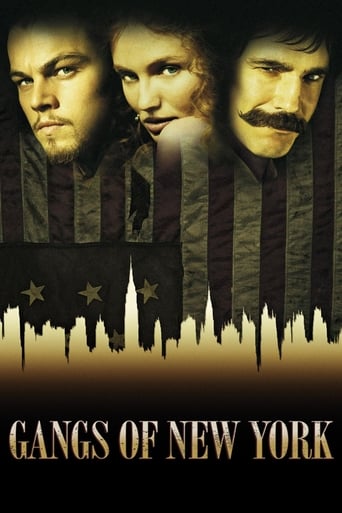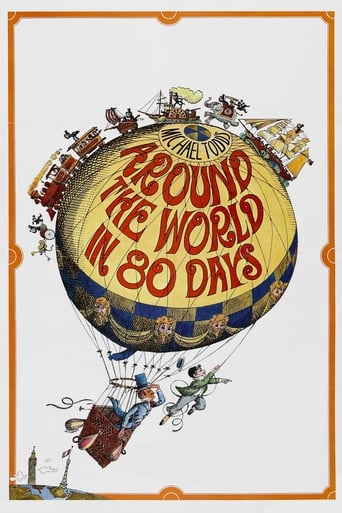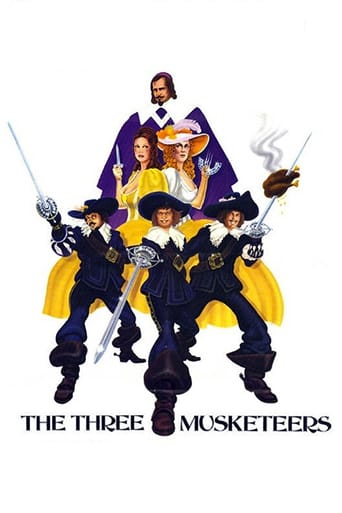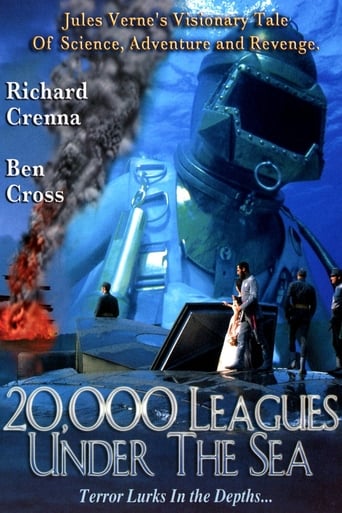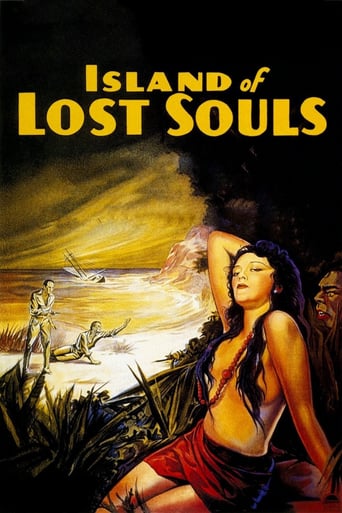The Vikings (1958)
Einar, brutal son of Ragnar and future heir to his throne, tangles with Eric, a wily slave, for the hand of a beautiful English maiden.
Watch Trailer
Cast


Similar titles
Reviews
Perfect cast and a good story
Good story, Not enough for a whole film
It's funny, it's tense, it features two great performances from two actors and the director expertly creates a web of odd tension where you actually don't know what is happening for the majority of the run time.
It is a whirlwind of delight --- attractive actors, stunning couture, spectacular sets and outrageous parties. It's a feast for the eyes. But what really makes this dramedy work is the acting.
Utgard14There was no heraldic nor dancing on rose petals with the Vikings.It was just a never ending hierarky for power of ownership, with struggle of getting and using slaves to do the job.Very much of this still sits in the genes of Scandinavians. We have the Law of Jante and we are expected to succeed or disintegrate. Win or disappear. We have very high statistics on Suicide but no one talks about it its not politically correct and the statistics on reason for death are darkened.The comments prior to yours tell more of the truth to the Vikings. They where not a very happy people.I look forward to getting a copy of this film, although I might have seen it already as a kid.
history and passions and memorable fight scenes and the frame for a great story. one of films escaping from each definitions. for me, one of the most impressive films of my childhood. for its darkness and blood and mixture of pride and duty. and, sure, for Kirk Douglas and Tony Curtis. in a long series of historical films of the period, it remains an exception. for the courage and science to explore deeper in the crust of early Medieval age. for convincing story and for acting. for the art to propose questions , being more than seductive show. short, a film who must see. time by time. for memories, impeccable art and for its unique force to propose new perspective about history.
Starting with the pluses, the reconstructed Viking ships look terrific; Jack Cardiff's photography is - as is to be expected from such a master - beautiful, mostly; some lesser-known character actors, such as Eileen Way and Frank Thring, are given a chance to shine whilst chewing the beautifully-photographed scenery, as are a trio of better-known supporting artistes, James Donald, Alexander Knox and Ernest Borgnine. But beyond this list, I start to struggle. Take Mario Nascimbene's score, for example. The recurring fanfare recurs so often that any power it possessed during the opening credits is so diluted that by the final reel it ends up sounding like an advertising jingle. And that huge ram's horn, blown so often, is a joke because we're clearly meant to overlook the fact that is makes the sound of a modern french horn.Then there's Tony Curtis' costumes, anticipating 60s miniskirts. Although he looks lovely in them, they seem so counter-character.Then there's the script. Oh my goodness, the script. Jaw-droppingly embarrassing, toe-curlingly bad. Only massively over-the-top playing or wily underplaying could survive it. Borgnine, Thring, Way and Douglas go big, whilst Donald and Knox go small. All get to the end of the film with their heads held as high as possible in the circumstances. Curtis and Leigh, both good actors, sadly sink below the fjords. Given the clichéd inanity of their lines, they had no hope. Leigh's role in particular is not so much wet as soaked through, flooded, sodden. If it weren't so sad it would be funny.But actually, it IS funny. There's little to choose between the number of laughs in this movie and those in THE COURT JESTER (1955), except that the laughs in THE VIKINGS are gloriously unintentional. Historical epics are strange. The 1925 silent version of BEN-HUR starring Ramon Navarro is as silly as the 1959 version starring Charlton Heston, but is somehow believable and even touching because there is no dialogue. As we've seen, terrible movie dialogue requires either over-playing or under-playing. Canny actors - and directors - realise this. So Heston, Yul Brynner and Anne Baxter flounder in THE TEN COMMANDMENTS of 1956, because they attempt to be real. Edward G. Robinson and most of the women craftily underplay whilst Judith Anderson and Vincent Price do the opposite, both tactics giving the effect of the actors standing outside of the nonsense they're having to say, the paradoxical result of which is that we believe what they're saying. This is very much the technique of stars as different as Bette Davis and Charles Laughton. So it is in THE ROBE (1953), with Richard Burton and Jean Simmons attempting naturalism in a film that has the believably unbelievable Ernest Thesiger in it; in SPARTACUS (1960), in which Kirk Douglas lethally plays it for real, and as a result is fatally incredible; in EL CID (1961), CLEOPATRA (1961), THE FALL OF THE ROMAN EMPIRE (1964), THE BIBLE (1966). All terrible scripts, all inadvertently funny, all with only a handful of performances which the audiences can relate to, but the actors giving those performances rarely if ever in the leading roles.The directors who had to deliver these inevitable turkeys contain some remarkable names - Anthony Mann, John Huston, Stanley Kubrick...THE VIKINGS was directed by Richard Fleischer, who was perhaps more creative with lower budgets, and who definitely turned in excellent work when given a worthwhile script e.g. COMPULSION (1959); THE BOSTON STRANGLER (1968), his very next film after THE VIKINGS, which couldn't be more of a contrast both in tone and achievement, with Curtis giving one of his very best performances; 10 RILLINGTON PLACE (1971), a well-judged, atmospheric thriller with memorable performances from Richard Attenborough and John Hurt. Fleischer also ventured into toga-territory with BARABBAS (1961), which has an amazing cast all over-playing like crazy, making it a rare success in the genre. Two developments gave new life to the cinematic epic, whether Biblical, Roman, medieval or any other flavour. One was James Goldman's script for THE LION IN WINTER (1968) which gave all the characters language that seemed to belong to our time rather than a fabricated age of yore. The other development was the coming of Monty Python, who took up the lunacy of THE COURT JESTER with MONTY PYTHON AND THE HOLY GRAIL (1975), LIFE OF BRIAN (1979) and ERIC THE VIKING (1989 - surely a direct response to the movie reviewed here) and made the form impossible to take seriously again. Not that Hollywood cared: it still financed GLADIATOR (2000) and TROY (2004, with Brad Pitt in the Curtis-esque miniskirt), and very funny they were too.
"The Vikings" is essentially an epic, even if it is rather shorter than most films in that genre, set in the Dark Ages rather than the more normal worlds of the Bible or the Greco-Roman classics. The story is loosely based upon Norse sagas (legendary, but with a basis in the real history of ninth-century England) about the struggles between the pagan Vikings and the Christian Anglo-Saxons for control of the Kingdom of Northumbria (today's northern England). Some epics from the fifties, such as "The Robe" or "The Silver Chalice", took the simple view of the "Chanson de Roland" that "Christians are right and pagans are wrong", but not this one. The film's main villain is the cruel and treacherous Christian King Aella and the Vikings, while fierce and warlike, nevertheless have their own code of honour. As was common with epics, the plot is a complicated one. It revolves around a pair of half-brothers, Erik and Einar, the sons of the Viking chieftain Ragnar. Erik is also, unbeknown to him, the long-lost rightful heir to the Northumbrian throne currently held by Aella. (Northumbrian laws of succession must have been rather loose. Erik is the son of the widowed queen of Aella's cousin and predecessor, who conceived him when she was raped by Ragnar- a rather daring storyline in the days of the Production Code. Such a parentage would not have given Erik a claim to the throne of most European monarchies). For most of the film the two men do not know that they are brothers- indeed, they regard one another as rivals and enemies, a rivalry intensified when both fall in love with the same woman, the Princess Morgana, who also happens to be betrothed to Aella. Ragnar, Erik, Einar and Aella were all historical individuals, but the film is not noted for its historical accuracy. Indeed, because the history of this particular period is so sketchily recorded, any film about it would be bound to involve more speculation than hard fact. In reality the Vikings and their Saxon enemies, both Germanic peoples, had much in common, apart from in the area of religion, but in the film the two sides are portrayed as being quite culturally distinct. The Vikings are shown as Dark Age barbarians, whereas the Saxons are portrayed as having a much more advanced culture, with their architecture, armour and costumes being those of the High Middle Ages, several centuries after the date at which the events depicted ostensibly take place. If, for example, the Saxons had had stone castles like the one shown here, they would have had much less difficulty in repelling the Viking raids. Kirk Douglas not only starred in the film (as Einar), he also produced it, a double he was to repeat two years later with "Spartacus". Apparently creative differences led to Douglas falling out with the director, Richard Fleischer, with whom he had previously collaborated on "20,000 Leagues under the Sea", both blaming the other for what they saw as the film's failure. I was, however, surprised to learn this, as I have never considered "The Vikings" to be a failure at all. Certainly, it was a major success at the box office. Fleischer was a director whose films varied widely not only in subject-matter but also in quality. He made a number of films far worse than this one, "Red Sonja" being a particularly egregious example, and only a few better, notably "Ten Rillington Place". "The Vikings" combines exciting adventure with an engaging human drama, and is wonderfully photographed by the famous cinematographer Jack Cardiff against some striking natural scenery, mostly in the Norwegian fjords, although Aella's castle is actually in Brittany and some other locations are in Croatia. (Cardiff also worked as a director, and was later to make his own Viking epic, "The Long Ships"). Douglas and Tony Curtis as Erik both make dashing heroes, and there are also good performances from Curtis's real-life wife Janet Leigh as the lovely Morgana, Ernest Borgnine as Ragnar and Frank Thring as the villainous Aella. (Curtis and Leigh also starred together in another mediaeval drama, "The Black Shield of Falworth"). The film may not quite have the depth or grandeur of "Spartacus", one of the finest epics ever made, but judged by virtually any other standards it is a pretty good one. 7/10

